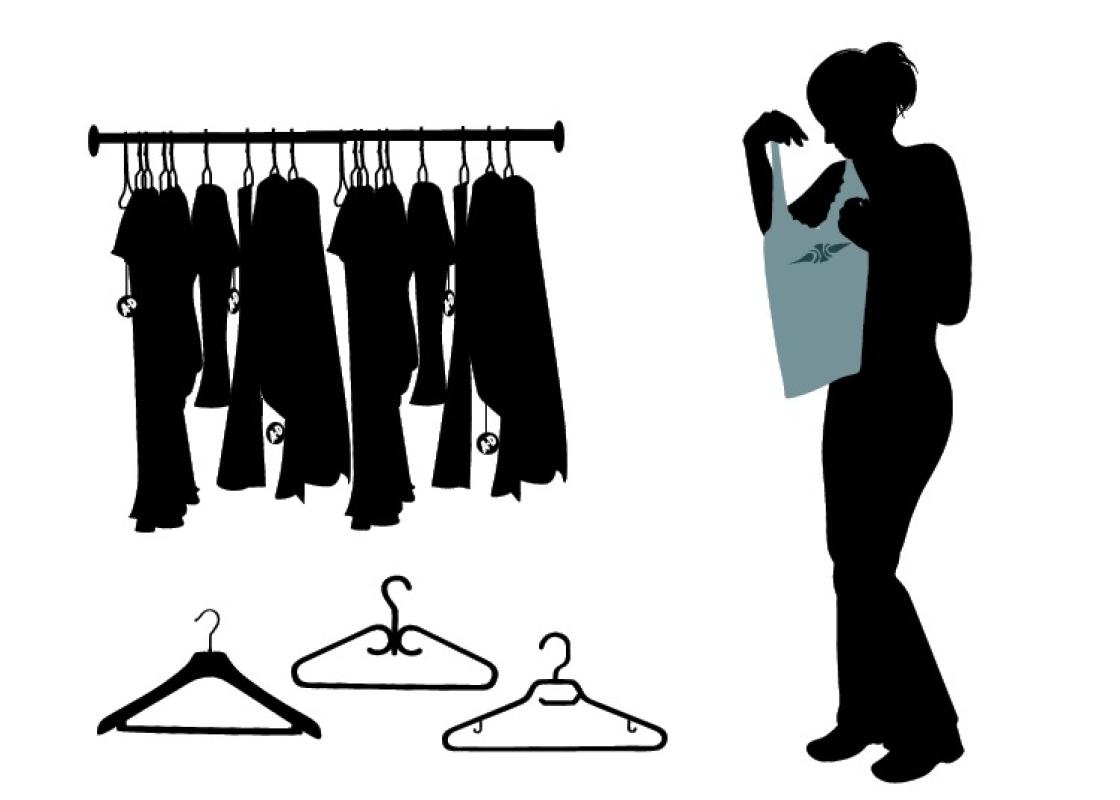
Religious movements like Laestadianism are patriarchates where male dominance is founded on theology. Laestadian theology stresses the fundamental differences between men and women. One such difference is that men are associated with desire, while women are the objects of this desire, says Torjer Olsen, research fellow in History of Religion at the University of Tromsø.
Laestadianism is a Christian conservative layman’s movement which stems from revivals in the 1800s. It exists worldwide, but is mainly found in Finland, Sweden and Norway. Their gatherings are their most important ritual events.
– Clothes are an important part of their identity, due to the numerous rules surrounding a person’s way of dressing. These rules mostly apply to girls.
Women must not only consider what is generally accepted, but also how men will react to their clothes. In Internet debates, boys imply that girls have a responsibility to dress appropriately so that the male desire doesn’t get out of hand, says Olsen.
Symbolism and ambiguity
The skirt is a woman’s garment and the norms for its length show how girls and women should behave in the Laestadian community (the congregation and its rituals). If they go against the conventions by dressing provocatively they are “punished” by being blamed for possibly leading boys to perdition. Olsen comments that the same reasoning is used in Islam and in sexual assault cases in which the victim’s outfit becomes an important element. This rhetoric concerns the assignment of responsibility and blame connected to gender and sexuality, he says.
Olsen points to several links between the debate on headscarves and the question of dress codes amongst Laestadian youth:
– Both concern gender and hierarchy, dominance and subordination, with men as superior to women. And clothes, whether it is skirts or headscarves, are ambiguous signs.
Between rebellion and conformity
The researcher believes that clothes are a means of communication which send out certain signals regarding for instance identity.
– The Laestadian women in Lyngen stopped wearing the headscarf around 1980. As with Muslim women, their reasons varied: Some say it was a feminist stand, others say they didn’t want to provoke people while others couldn’t really say why they had dropped the headscarf, says Olsen.
He suggests that the use of clothes as symbols may be particularly important for groups like the Laestadian communities, where it is difficult for women to communicate verbally because they are considered to be subordinate and not allowed to speak in public.
The skirt remains a gender specific garment heavy with symbolism. Olsen claims that the girls' skirts, especially short ones, are a play with symbols. With skirts they can both dress "in" (as part of the congregation) and "out" (in line with the majority society). This way the girls communicate both their loyalty to and distance from the congregation.
– Being young is often about rebellion and testing limits. Opposition can be good, but there is a fine balance, says Olsen.
A girl who dresses "out" by wearing short skirts within her community, signal a kind of counter identity for which she can be punished. Even though most girls choose to take the middle road between fashion and the rules of the congregation, girls express their opposition to being made responsible for men's sexuality and question the notion that the dress codes stem from God, not the congregation itself.
Men's power
Olsen stresses that although his focus is on Laestadianism as a phenomenon of Northern Norway there are aspects which make it interesting on a more universal level, for instance regarding the concept of gender. The researcher sees gender as a social construction; something that is created and constantly recreated in social situations. He states that the patriarchate seems to be inherent in pietistic Christian movements in large parts of the world.
– In Laestadian communities men are in charge of almost everything and possess all public positions while women ideally focus on their homes. The men are preachers while women are restrained from speaking in public.
However, women of today get an education, they work and assume responsibilities, for instance by organising children’s gatherings and youth weekends. Olsen stresses the importance of the new arenas and roles that women may enter.
– They try to stay out of step with the rest of society, but they still end up in step. After the 1960s they have adjusted to the majority society in a way that has changed large parts of the congregation and their manner of thinking. At the same time, some of the most fundamental power structures and discourses have survived. To many Christians, women and gender are important when it comes to maintaining the world order, so despite the progress women will never preach in a Laestadian congregation, Olsen states.
In his article, the research fellow points to the paradox that groups that advocate male dominance at the same time portray guys as frail beings who easily can be led astray and into temptation by sinful girls in short skirts.
Generation gaps
– When it comes to clothes there are vast differences between the generations. Clothes and their symbolic meanings are much more straightforward concepts to people past the age of 50. Traditionally, women wear skirts and blouses while men wear suits; half of them wear ties. Vanity is considered to be a sin, but today jewellery and makeup have become more common amongst girls. The "grey zone" between what is acceptable and what is reprehensible is much vaster for the young, but they are better at dealing with them, says Olsen.
The researcher claims that Laestadian youth nowadays are much freer and participate in several social arenas – school, sports, church – and this makes them more socially competent than previous generations. They dress more and more like other youth and according to the current fashion trends.
– Young Laestadians dress a lot fancier now than just a couple of years ago. The guys too have become more preoccupied with their looks; however, this is not a black and white picture. The youth themselves say that the gathering in Tromsø is a fashion show, and many – youth as well as adults – think it has gone too far.
A room of their own
Only the younger generation understands how fashion and discourses of clothes are incorporated in the church; this is how they combine their faith with the demands of the majority society. By continuing to wear skirts, but varying the length according tothe latest fashion trends, they can unite both worlds. Some might say that these youths hold double standards, but Olsen sees this as an example of how young people find and create a room of their own within the congregation. That way they choose to stay instead of quit.
Other types of progress are co-ed bible groups and the Internet. In 2003, the youth of the Lutheran Laestadian Church got their own website where they can participate in debates.
– This homepage and Facebook groups are new arenas which allow girls to be heard. The old hierarchical order has been put aside. In that respect there has been a democratization. Many girls adhere to the rhetoric of men as the dominant gender, but that is only in theory.
Translated by Vigdis Isachsen
Torjer Olsen is a research fellow in History of Religion at the University of Tromsø. He is currently working on his doctoral thesis on gender in Lyngen Laestadianism. Olsen looks at Lyngen Laestadianism in relation to similar Christian movements and uses a gender theoretical perspective inspired of, amongst others, Joan W. Scott.
Laestadianism is a Christian conservative layman's movement. The pietistic movement is rooted in 19th century revivals and was founded by Swedish Sami Lars Levi Læstadius (1800-61). Today it exists all over the world, but mainly in the northern parts of Finland, Sweden and Norway. In Norway the number of Laestadians is estimated to be around 20 000.
